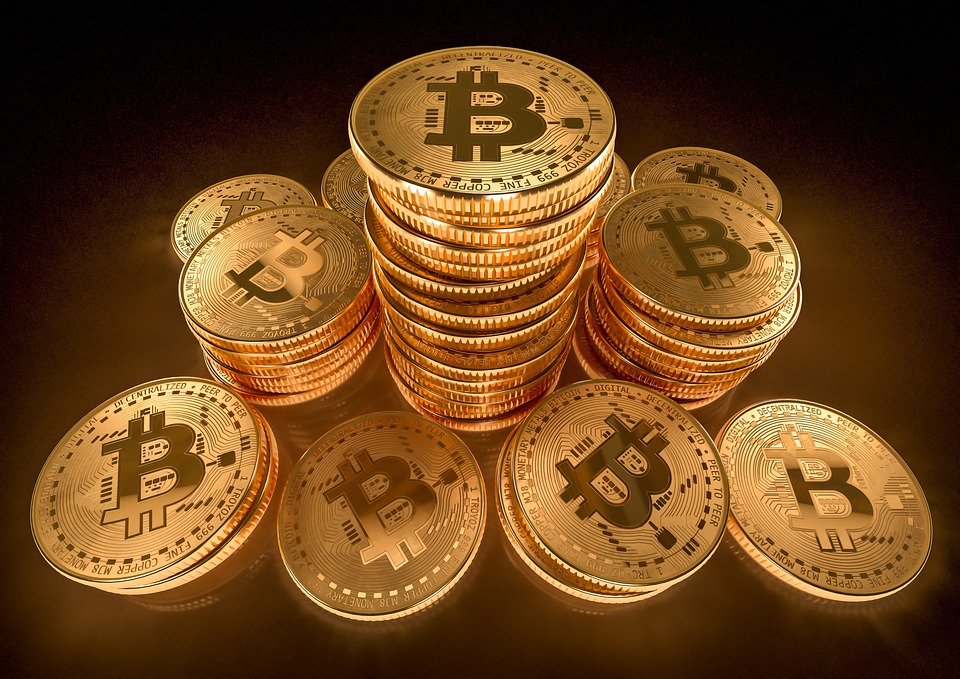In recent years, the financial landscape has undergone a revolutionary transformation, largely driven by advancements in blockchain technology. At the forefront of this evolution is Decentralized Finance (DeFi), a burgeoning sector that is reshaping how individuals and institutions think about, access, and interact with financial services. With promises of greater accessibility, transparency, and security, DeFi is quickly becoming a significant player in the global financial ecosystem.
Understanding DeFi
Decentralized Finance refers to a system of financial services built on blockchain technology that eliminates intermediaries like banks, brokers, and exchanges. By leveraging smart contracts—self-executing contracts with the terms directly written into code—DeFi applications enable transactions and services such as lending, borrowing, trading, and insurance to occur automatically and securely.
The core tenets of DeFi revolve around three key principles: decentralization, transparency, and permissionlessness. Decentralization means that no single entity controls the system, reducing the risks associated with central points of failure. Transparency allows users to verify transactions and operations on the blockchain, enhancing trust in the system. Permissionlessness enables anyone with internet access to participate, regardless of their geographic or socioeconomic status.
The Driving Forces Behind DeFi’s Rise
-
Accessibility and Inclusion: Traditional financial systems often exclude large segments of the global population due to strict regulatory requirements and lack of financial infrastructure. DeFi opens up access to financial services for anyone with a smartphone and internet connection, allowing unbanked and underbanked populations to engage in economic activities.
-
Lower Costs: By eliminating intermediaries, DeFi reduces transaction fees and other costs associated with traditional finance. As users interact directly with financial services through blockchain, they can bypass the often cumbersome processes of banks and financial institutions.
-
Innovation and Flexibility: DeFi ecosystems are incredibly versatile and constantly evolving. Developers are creating a myriad of financial products that cater to different needs, including decentralized exchanges (DEXs), yield farming, liquidity pools, and synthetic assets. This innovative landscape allows users to participate in new financial opportunities and investment strategies.
- Transparency and Security: DeFi platforms operate on open-source protocols, allowing anyone to audit the code and verify the platform’s security. This level of transparency fosters trust among users, who have greater control over their assets compared to traditional banking systems.
Key Components of DeFi
Several components form the backbone of the DeFi ecosystem:
-
Stablecoins: Cryptocurrencies pegged to stable assets (like the US dollar) provide a reliable medium of exchange and store of value in volatile crypto markets. Examples include USDC, DAI, and Tether (USDT).
-
Lending and Borrowing Platforms: Platforms like Aave and Compound allow users to lend their assets to others in exchange for interest, while also enabling borrowers to secure loans without traditional credit checks.
-
Decentralized Exchanges (DEXs): Unlike centralized exchanges, DEXs like Uniswap and SushiSwap facilitate peer-to-peer trading without intermediaries, empowering users to retain custody of their assets.
- Yield Farming and Liquidity Mining: DeFi users can earn rewards by providing liquidity to pools or participating in various staking mechanisms, often with lucrative returns compared to traditional investment methods.
Challenges and Risks
Despite its growth and potential, DeFi is not without challenges. Security issues, such as smart contract vulnerabilities and the prevalence of hacks, pose significant risks to users’ assets. Furthermore, the regulatory environment around DeFi is still nascent, leading to uncertainties about compliance and legality. Users must also contend with the complexities of navigating multiple protocols and interfaces in an ever-evolving space.
The Future of DeFi
The rise of Decentralized Finance marks a pivotal moment in the history of financial services. As technology continues to evolve and mature, the potential for DeFi to reshape the global economic landscape becomes increasingly apparent. With ongoing innovations that focus on scalability, security, and user experience, DeFi has the potential not just to disrupt traditional finance, but to create entirely new paradigms for financial interactions.
As we move forward, collaboration between regulators and DeFi projects could pave the way for a more integrated financial ecosystem, protecting users while fostering innovation. The adoption of DeFi is expected to grow, driven by technological advancements and a shift in the public’s perception of financial services.
In conclusion, Decentralized Finance is not merely a trend; it is a revolutionary movement that promises to democratize finance, drive down costs, and enhance accessibility. As more individuals and institutions embrace blockchain technology, the foundations are laid for a financial world that is more inclusive, efficient, and transparent. The rise of DeFi is just the beginning of a transformative journey for the global financial system.




